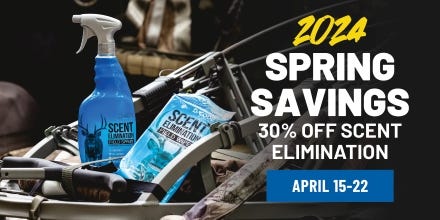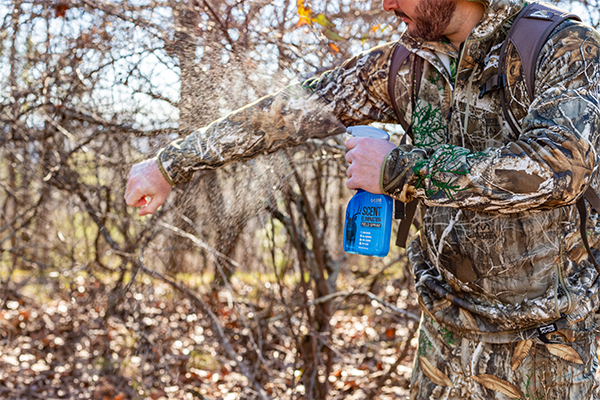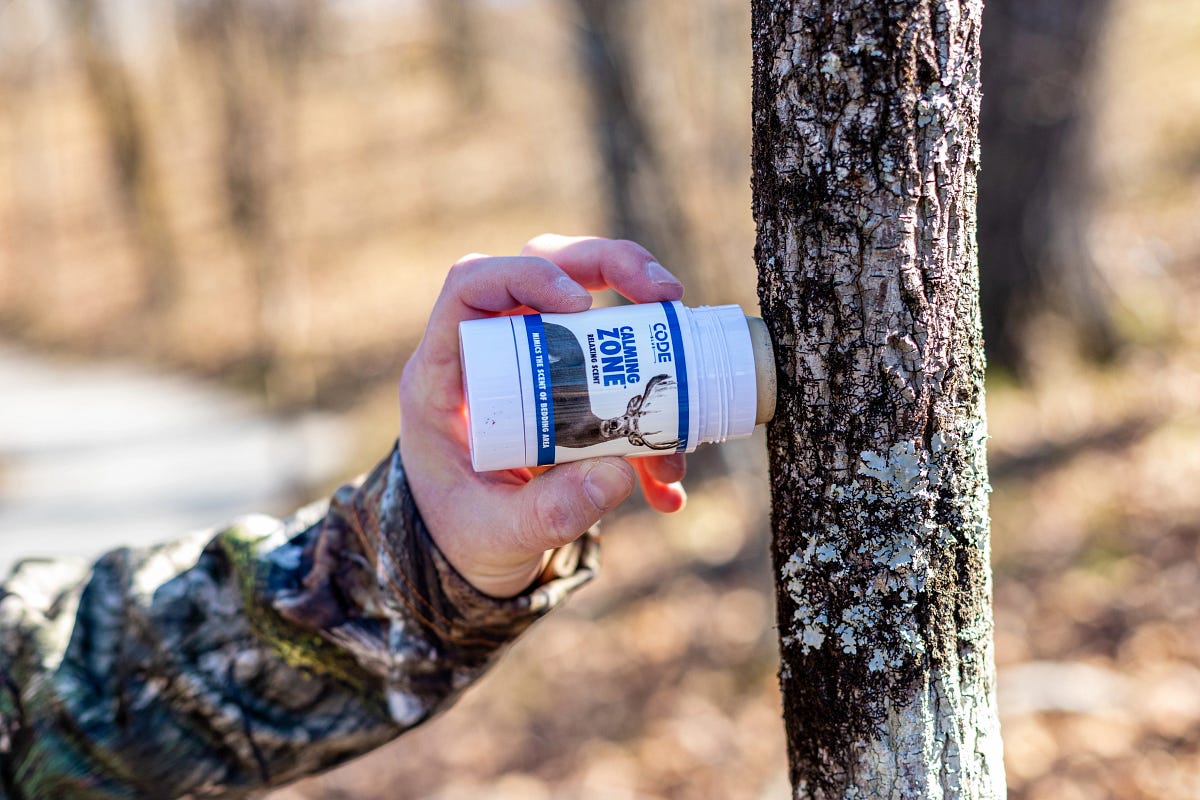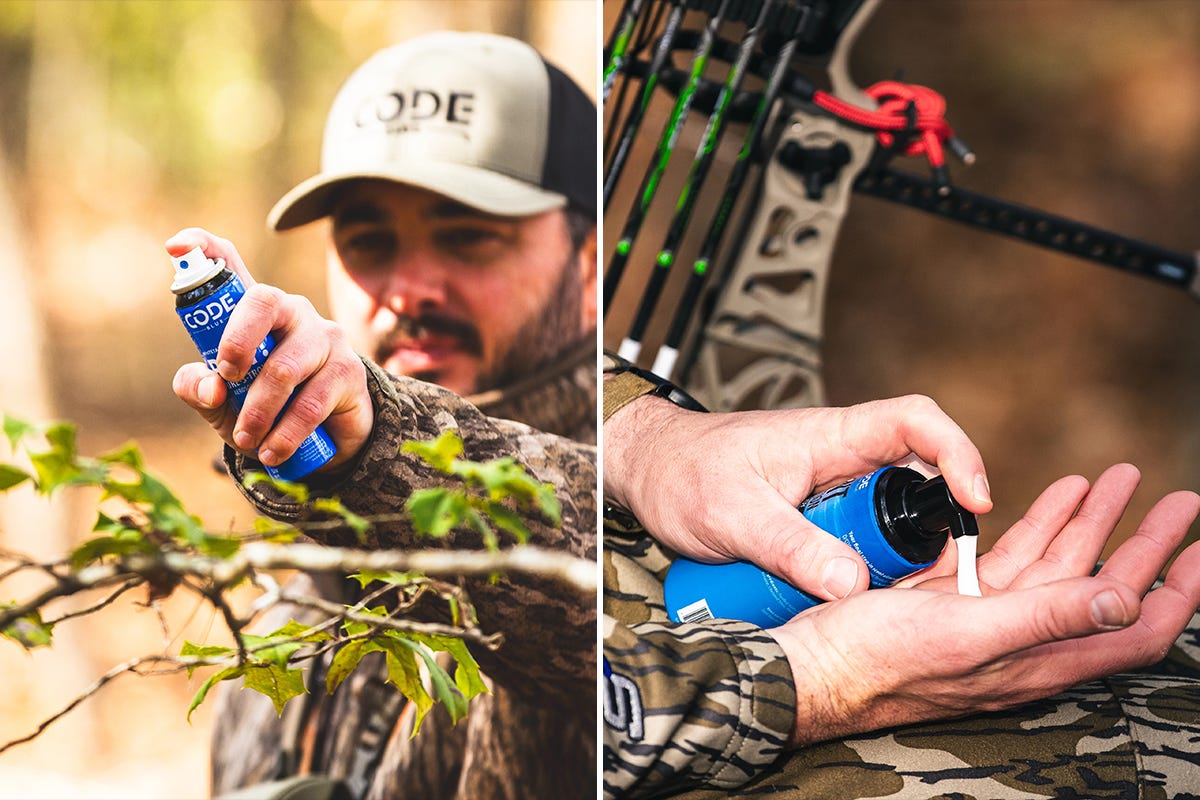- Apr 29, 2014
Bring Home The Bacon
If you’ve ever had any dealings with feral hogs, then you already know that these stocky and hard-nosed critters can be very destructive animals when populations are left unchecked. Excessive rooting and trampling activity for food can inflict major damage to natural habitat. Hogs also carry a variety of diseases and compete directly with livestock and other wildlife species for food. In fact, a large group of hogs are fully capable of wiping out both natural and agricultural food sources within a short period of time.
Plus, they’re prolific breeders, very adaptable and almost impossible to fully eradicate from any given area. At the end of the day, expanding hog populations are extremely detrimental to your game management practices, and can prevent you from reaching your long and short-term goals. This is exactly why you have a responsibility as a hunter to help manage and control hog populations. The following high-impact tips and hunting strategies will provide you with the knowledge and skills needed to consistently bring home the bacon this season!
Food Preferences & Habits
Feral hogs are classified as being omnivorous animals, which means they will eat both plant and animal matter. In other words, hogs are opportunistic feeders and will consume almost anything. Foods include roots, tubers, grasses, forbs, fruits, bulbs, mushrooms, agricultural plants and mast such as acorns. They also have no problem dining on a variety of insects, reptiles, amphibians, birds, mammals and even dead carcasses. Prime feeding periods generally occur after dark, but hogs are also active during the twilight hours and sometimes throughout the day according to current weather conditions.
As mentioned earlier, feral hogs are very adaptable and can survive in numerous habitats and terrains. For the most part, hogs prefer rich bottomlands that contain rivers, creeks, swamps and drainages. However, they can also be found living inside of moist pine forests, vast sections of hardwoods timber, thickets and just about any place that provides dense vegetation and water. During periods of hot weather, feral hogs enjoy wallowing in cool mud holes that are located close to thick or protective cover.
Scouting & Patterning
Like most game animals, daily patterns and routines of feral hogs are primarily going to be based on current food sources and access to cover. Their home range is generally less than 6,000 acres, but it can expand to more than 60,000 acres depending on the availability of food and cover. Once they’ve located a consistent food source, hogs will often congregate and feed until the source is exhausted or no longer available. In most cases, you’ve hit the jackpot when you can locate a heavily used feeding area that offers quick and easy access to protective cover.
Other signs to look for are wallowing, rooting, rubs, or worn-trails and crossings. Muddy wallows are fairly easy to identify and often used by hogs to simply cool off. However, building up a protective covering of mud on their skin also helps them combat both biting insects and direct sunlight. Rubs are made when hogs scratch themselves on trees, fence posts, and rocks, which typically leave behind obvious signs such as mud streaks and hair. You should also search for areas where hogs have been rooting. These locations are easy to recognize, because it looks like someone or something has plowed up the ground and left behind numerous deep holes and craters.
Within high-traffic areas, you should also find numerous tracks, patches of rubbed off hair and piles of scat or droppings. Hog tracks are somewhat similar to deer tracks in appearance, but their toes are more rounded and wider in comparison to overall length. The hair is unlike any other animal and will usually be stuck to tree trunks, stumps, or boulders. Hog scat or droppings almost look like small piles of calf manure, and will often be found spread out across several locations. One of the fastest ways to pinpoint hogs is to rely upon a network of game cameras to cover key locations. Monitoring current food sources, wallowing holes, and heavily worn trails or crossings can take the guesswork out of where and when to hunt.
Deadly Hunting Strategies
There are a variety of techniques that can be utilized to hunt hogs and manage overall numbers. However, it’s important to note that feral hogs are very intelligent and sometimes hard to handle, especially if they have been exposed to periods of intense hunting pressure. Deer hunting tactics such as strategically positioning a tree stand over high-traffic areas and food sources can be very productive. Your game-cam surveillance should tell you what locations are red-hot and when to hunt a particular setup. In states where legal, creating bait-stations or hanging a timed feeder will really crank up the action. With a timed feeder, you can actually dictate key feeding periods, which enables you to be in the right stand at the right time.
In addition, spot and stalk techniques are also lethal, and this technique adds a new level of excitement to the hunt. Glassing food source and high-traffic areas from a safe distance and using the terrain to move in close on unsuspecting hogs can be very challenging. In states where legal, hunting hogs with a spotlight at night can definitely generate some action-packed hunts. The trick is to target current food sources and open feeding areas that hogs generally visit after dark. Hogs are very active at night and this can be one of the best times to target them. Just make sure you understand and follow all hunting laws, rules and regulations.
If you really want to turn things up a notch or two, then try going with someone who owns several well-trained dogs. Listening and watching the dogs work is special and unique in itself. Once the dogs have a hog locked down, you basically get front-row seats to a show that will kick your adrenalin into maximum overdrive. Witnessing just one of these ultimate showdowns firsthand will get in your blood and make you want to see it again and again. Regardless of what strategy you prefer, hog hunting can be very addictive and challenging. Plus, it gives you something to do during the off-season, and allows you to help manage expanding populations.
When hunting feral hogs, it’s important to note that these critters have super thick skin, which serves as a protective layer of heavy-duty armor. This means you really need to hunt with a .243 or larger caliber (we recommend a .270 caliber or greater) when targeting hogs. Handguns, muzzle-loaders and bows are also fun to use during any type of hog hunt. Another good piece of advice is to try going with an experienced hog hunter and pay close attention to their hunting tactics and techniques. Undoubtedly, this is one of the most effective ways to master the art of hog hunting within a short period of time. If an opportunity presents itself, be sure to give one or all of these deadly hunting strategies a try this season and bring home the bacon!






